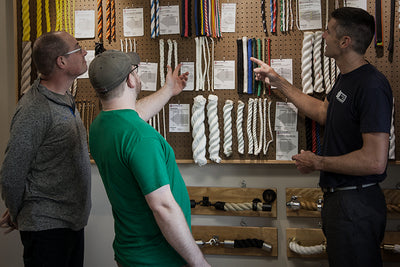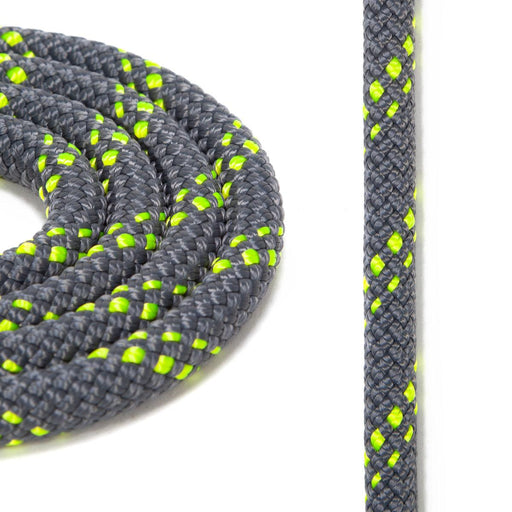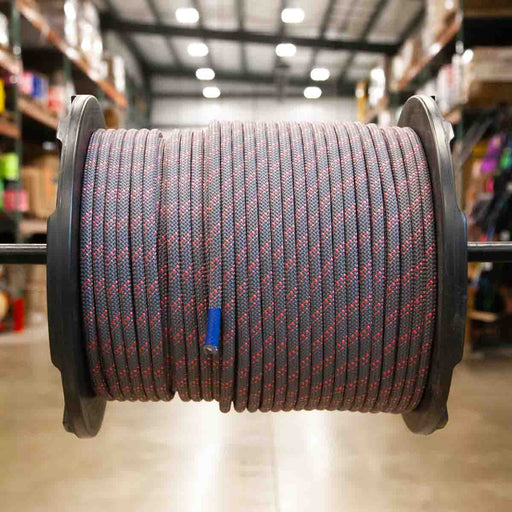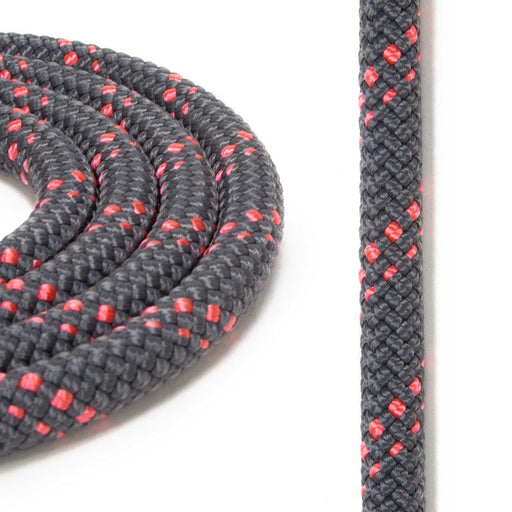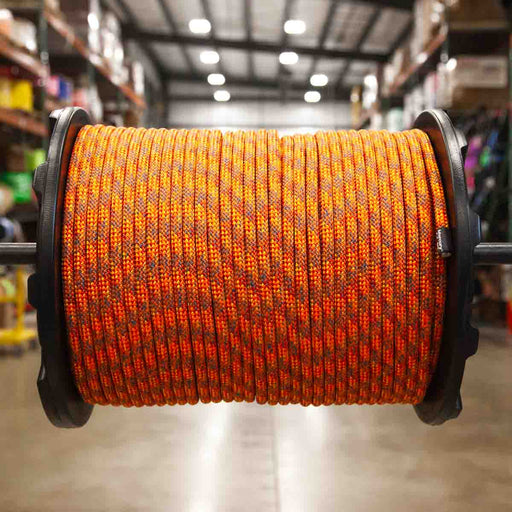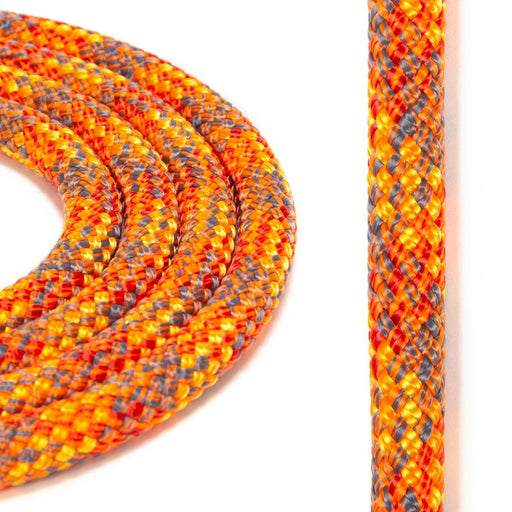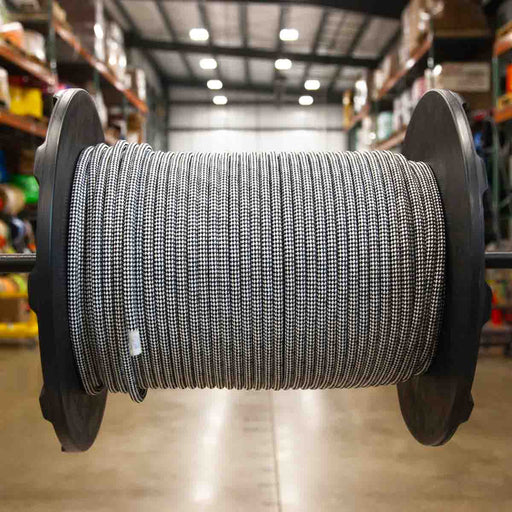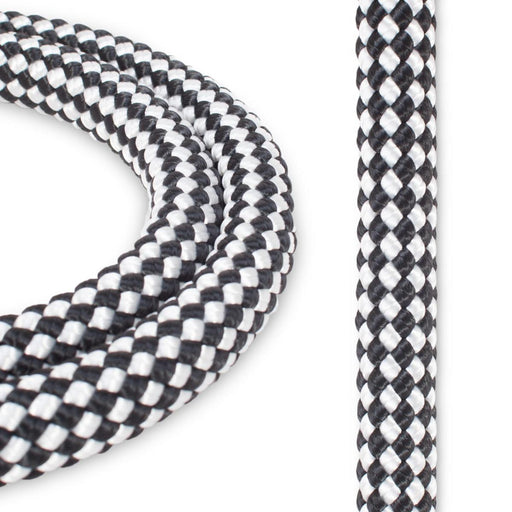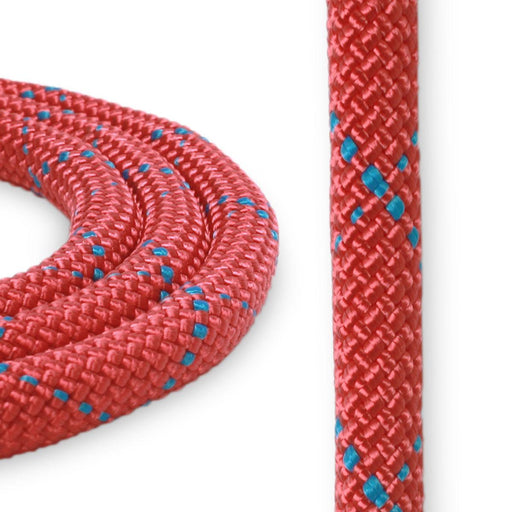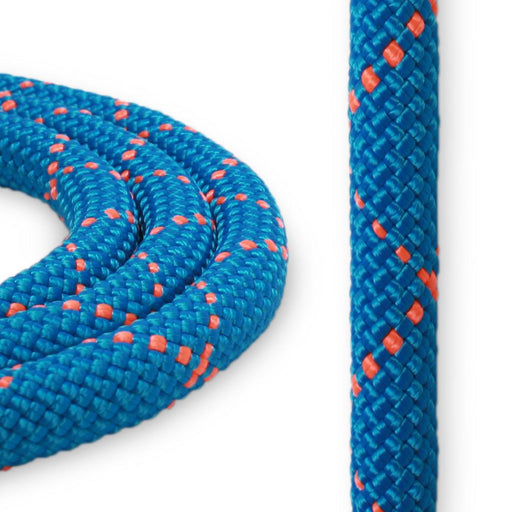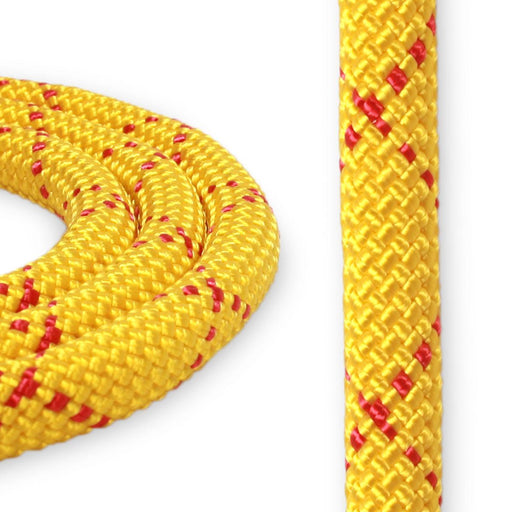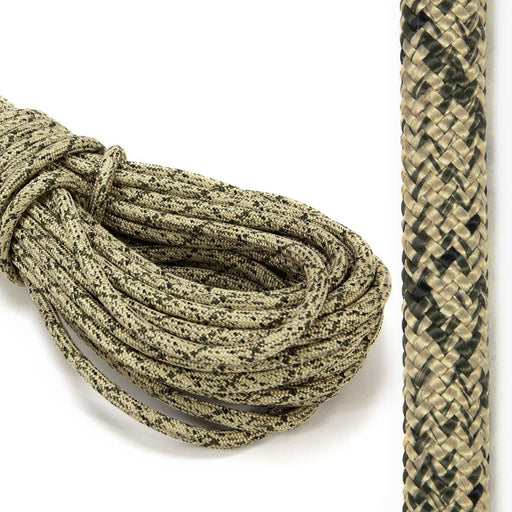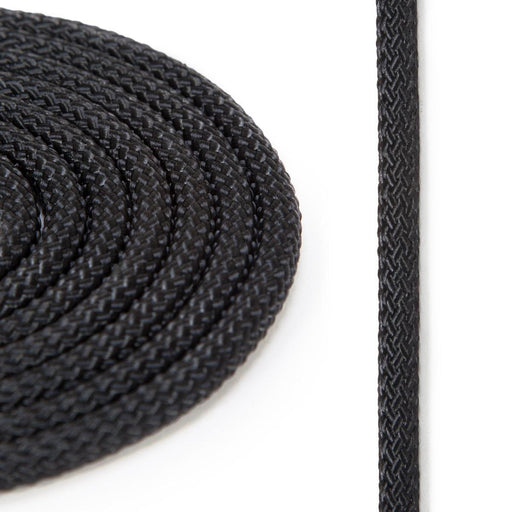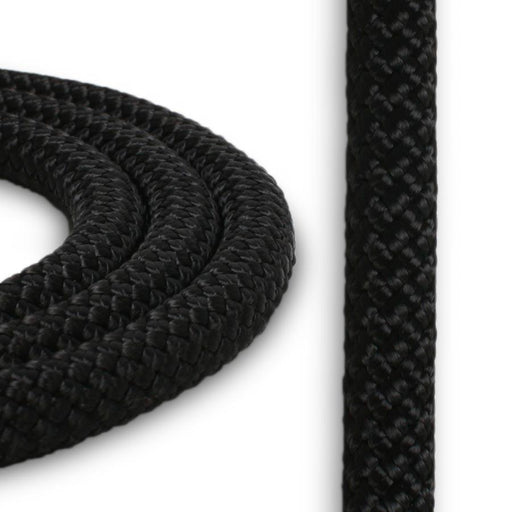(419) 873-8300
Static Line

STATIC CLIMBING LINES.
All the best static ropes from the best mills can be found right here. A static rope has very minimal stretch when placed under load. These ropes are 100% polyester and perfect for any haul system.
-
Original price $1.08 - Original price $648.00Original price $1.08 - Original price $648.00Original price $1.08$1.08 - $583.20$1.08 - $583.20Current price $1.08| /
Hyperstatic 7/16"
Sold By:
Per Ft. | 150' | 200' | 300' | 600' Spool
5.0 / 5.0
10 Reviews
HyperStatic is a tough-as-nails kernmantle static rope made of 100% high tenacity polyester. With high durability and low stretch, HyperStatic is b...
View full details -
Original price $1.54 - Original price $924.00Original price $1.54 - Original price $924.00Original price $1.54$1.54 - $831.60$1.54 - $831.60Current price $1.54| /
Hyperstatic 1/2"
Sold By:
Per Ft. | 150' | 200' | 300' | 600' Spool
3.7 / 5.0
3 Reviews
HyperStatic is a tough-as-nails kernmantle static rope made of 100% high tenacity polyester. With high durability and low stretch, HyperStatic is b...
View full details -
Original price $1.15 - Original price $1.15Original price $1.15$1.15$1.15 - $1.15Current price $1.15| /
Mercury CE 7/16" Hot
Sold By:
Per Ft. | 150' | 200' | 300' | 600' Spool
5.0 / 5.0
4 Reviews
Mercury SRT Kernmantle Static Climbing Line provides firm body with optimum shock mitigation and is designed to equal or exceed NFPA 2500 standards...
View full details -
Original price $1.07 - Original price $642.00Original price $1.07 - Original price $642.00Original price $1.07$1.07 - $577.80$1.07 - $577.80Current price $1.07| /
7/16" Yellow, Green & Blue Static
Sold By:
Per Ft. | 150' | 200' | 300' | 600' Spool
4.9 / 5.0
11 Reviews
"A 32-strand polyester rappelling/ tower line. A firm construction with a 8 strand polyester core make this rope great for rappelling and tower wor...
View full details -
Original price $1.05 - Original price $630.00Original price $1.05 - Original price $630.00Original price $1.05$1.05 - $567.00$1.05 - $567.00Current price $1.05| /
Finish Line
Sold By:
Per Ft. | 150' | 200' | 300' | 600' Spool
5.0 / 5.0
6 Reviews
Finish Line has 32-Strand Polyester Cover and an 8-Strand Parallel Polyester Core. It's a Low Stretch SRT Arborist Line with the Black and White Fi...
View full details -
Original price $892.99Original price $892.99 - Original price $892.99Original price $892.99Current price $810.55$810.55 - $810.55Current price $810.55| /
HTP Red Static Line
Sold By:
600' Spool
5.0 / 5.0
1 Review
Sterling HTP is a fantastic Kernmantle static rope (almost zero stretch). Polyester jacket AND polyester core. Improved abrasion resistance compare...
View full details -
Original price $892.99Original price $892.99 - Original price $892.99Original price $892.99Current price $810.55$810.55 - $810.55Current price $810.55| /
HTP Blue Static Line
Sold By:
600' Spool
5.0 / 5.0
2 Reviews
Sterling HTP is a fantastic Kernmantle static rope (almost zero stretch). Polyester jacket AND polyester core. Improved abrasion resistance compare...
View full details -
Original price $892.99Original price $892.99 - Original price $892.99Original price $892.99Current price $810.55$810.55 - $810.55Current price $810.55| /
HTP Safety Green Static Line
Sold By:
600' Spool
5.0 / 5.0
3 Reviews
Sterling HTP is a fantastic Kernmantle static rope (almost zero stretch). Polyester jacket AND polyester core. Improved abrasion resistance compare...
View full details -
Original price $892.99Original price $892.99 - Original price $892.99Original price $892.99Current price $810.55$810.55 - $810.55Current price $810.55| /
HTP Yellow Static Line
Sold By:
600' Spool
5.0 / 5.0
3 Reviews
Sterling HTP is a fantastic Kernmantle static rope (almost zero stretch). Polyester jacket AND polyester core. Improved abrasion resistance compare...
View full details -
Original price $2.53 - Original price $2.53Original price $2.53$2.53$2.53 - $2.53Current price $2.53| /
OpLux Tactical Rope
Sold By:
Per Ft.
4.8 / 5.0
17 Reviews
Specifically designed for tactical purposes, the Sterling OpLux line is the perfect option for saddle hunters. This smaller diameter line is lighte...
View full details -
Original price $0.39 - Original price $0.43Original price $0.39$0.39 - $0.43$0.39 - $0.43Current price $0.39| /
1/4 Diehard Static Rope
Sold By:
Per Foot
4.0 / 5.0
1 Review
This 32-strand polyester rappelling/tower line is built with firm construction for exceptional abrasion resistance. Perfect for outdoor use, the po...
View full details -
Original price $0.71 - Original price $0.71Original price $0.71$0.71$0.71 - $0.71Current price $0.71| /
5/16 Diehard Static Rope
Sold By:
Per Ft.
A 32-strand polyester rappelling/ tower line with a softer construction compared to the KM III. 5/16" Diameter SRT climbing Rescue work Tower wo...
View full details -
Original price $0.85 - Original price $0.85Original price $0.85$0.85$0.85 - $0.85Current price $0.85| /
3/8 Diehard Static Rope
Sold By:
Per Ft.
4.3 / 5.0
3 Reviews
A 32-strand polyester rappelling/ tower line with a softer construction compared to the KM III. 3/8" Diameter SRT climbing Rescue work Tower wor...
View full details -
Original price $0.99 - Original price $0.99Original price $0.99$0.99$0.99 - $0.99Current price $0.99| /
7/16 Diehard Static Rope - Black
Sold By:
Per Foot
5.0 / 5.0
3 Reviews
A 32-strand polyester rappelling/ tower line with a softer construction compared to the KM III. 7/16" Diameter 6,075 lbs. Breaking Strength SRT ...
View full details

